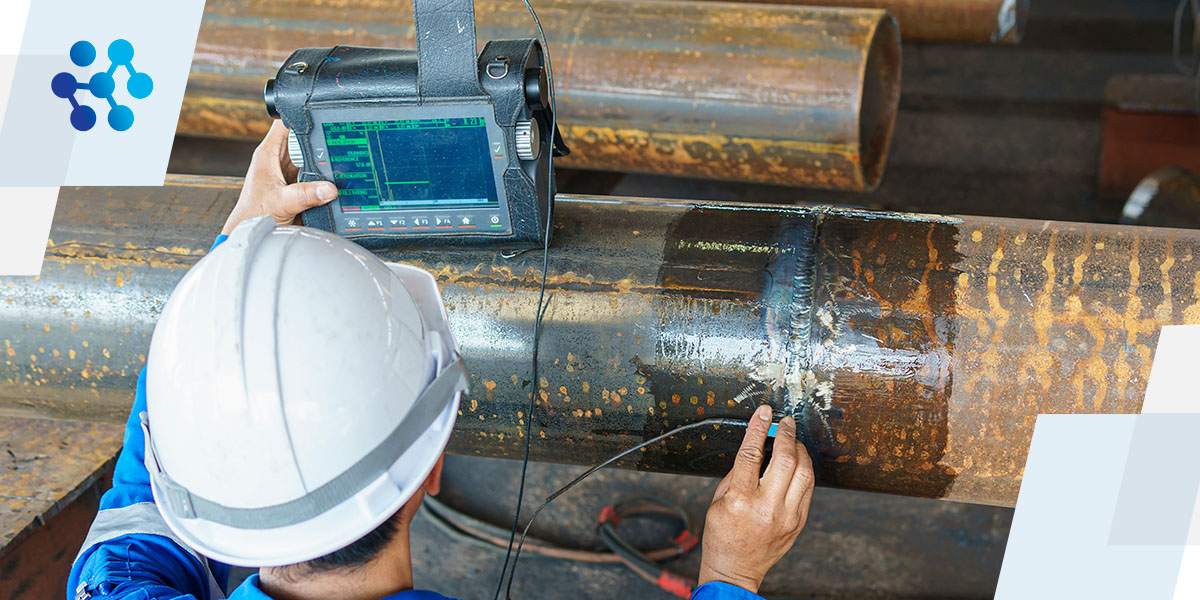How Tank Welding Inspection Stops Future Structural Failings
Comprehensive Overview to Effective Tank Welding Evaluation Techniques and Finest Practices for Quality Control
In the realm of container welding, extensive evaluation strategies are paramount for protecting architectural stability and guaranteeing compliance with market policies. As we check out these crucial parts, it becomes clear that an aggressive inspection strategy is not simply helpful, however essential for functional success in environments dealing with harmful products.
Significance of Container Welding Assessment

Tank welding inspection acts as a preventative measure, identifying possible defects such as fractures, porosity, or incorrect joint infiltration before they rise into serious problems. Normal evaluations not only follow market regulations and criteria yet also boost the longevity of the storage tanks, decreasing the demand for costly repair work or substitutes.

Aesthetic Evaluation Methods
Employing systematic visual inspection techniques is essential for assessing the high quality and stability of bonded joints in containers. This approach functions as the initial line of protection in determining possible problems such as splits, damages, and not enough infiltration. The assessor needs to come close to the job with a keen eye, utilizing proper tools like multiplying glasses, flashlights, and mirrors to enhance exposure.
Throughout the inspection procedure, the assessor must examine the weld profile, guaranteeing it follows specified requirements and standards (Tank Welding Inspection). This consists of checking out the grain size, elevation, and combination with the base product. Inspectors need to also pay very close attention to the bordering areas for signs of thermal distortion or contamination that might influence the weld's efficiency
Paperwork of searchings for is vital; examiners need to tape any kind of anomalies, classifying them by seriousness for further analysis. This organized strategy not only help in prompt issue recognition but additionally adds to lasting quality control by making certain conformity with market see this website standards. Regular training and calibration of aesthetic assessment techniques additionally enhance the reliability of evaluations, ultimately resulting in safer and extra resilient storage tank structures.
Non-Destructive Evaluating Approaches
Non-destructive screening (NDT) approaches are frequently used in tank welding examinations to examine the integrity of welded joints without jeopardizing their architectural stability. These strategies are crucial for identifying issues such as splits, voids, and additions that can result in tragic failings if left undiscovered.
Common NDT techniques include ultrasonic testing (UT), which uses high-frequency audio waves to spot interior flaws; radiographic screening (RT), using X-rays or gamma rays to news envision weld structures; and magnetic fragment screening (MT), which exposes surface area and near-surface interruptions in ferromagnetic products (Tank Welding Inspection). Fluid penetrant screening (PT) is likewise commonly made use of, with the ability of discovering surface-breaking issues by using a fluorescent or color comparison color
Each NDT method has its particular applications and benefits, making it crucial for inspectors to choose the proper technique based on the material and the sort of weld being reviewed. The assimilation of these NDT techniques into the evaluation process enhances the overall quality control framework, ensuring that welded storage tanks fulfill safety and security and performance standards. Ultimately, NDT plays a vital role in maintaining the stability and durability of tank structures in different commercial applications.

Documentation and Reporting
Making certain extensive documentation and coverage during container welding examinations is essential for keeping compliance with more information sector standards and helping with reliable interaction among stakeholders. Proper documentation works as a thorough document of inspection tasks, searchings for, and any rehabilitative activities taken throughout the welding procedure. This info is crucial not just for quality assurance yet additionally for audits and regulative testimonials.

A well-structured examination record ought to include details such as the day of assessment, names of examiners, welding procedures employed, materials used, and any kind of inconsistencies from established requirements. Additionally, photographs and layouts can boost the clarity of the record, offering aesthetic context to the findings. It is also important to record any type of non-conformities together with their resolution, making certain that all stakeholders are notified of potential threats and the steps required to minimize them.
Additionally, preserving a centralized data source for all inspection reports enables simple retrieval and evaluation, fostering a culture of openness and accountability. By focusing on meticulous documents and reporting, companies can not just support quality control yet also enhance their reputation within the industry, ultimately resulting in enhanced security and functional efficiency.
Constant Renovation Practices
Continual renovation techniques are crucial for enhancing the top quality and performance of storage tank welding assessments. One efficient technique involves regular training and upskilling of assessment workers to remain abreast of the most recent welding modern technologies and criteria.
Additionally, using data-driven analysis allows companies to track assessment results, determine patterns, and pinpoint locations for enhancement. Employing devices such as origin evaluation can help in understanding the underlying issues bring about flaws, making it possible for targeted treatments. Furthermore, getting responses from inspection teams and stakeholders creates a collective atmosphere that encourages innovative remedies.
Incorporating sophisticated technologies, such as automated examination systems and real-time monitoring, can substantially enhance the precision and rate of inspections. Regular audits of the examination procedures additionally add to a society of accountability and constant improvement. Ultimately, these continuous enhancement practices not just raise the high quality of tank welding assessments but additionally add to total functional excellence and client satisfaction.
Final Thought
In final thought, reliable container welding examination is pivotal for guaranteeing the structural stability and safety of storage space systems, specifically those dealing with unsafe products. Employing a mix of aesthetic evaluation strategies and non-destructive testing methods helps with the early identification of defects, thereby maintaining compliance with market standards.